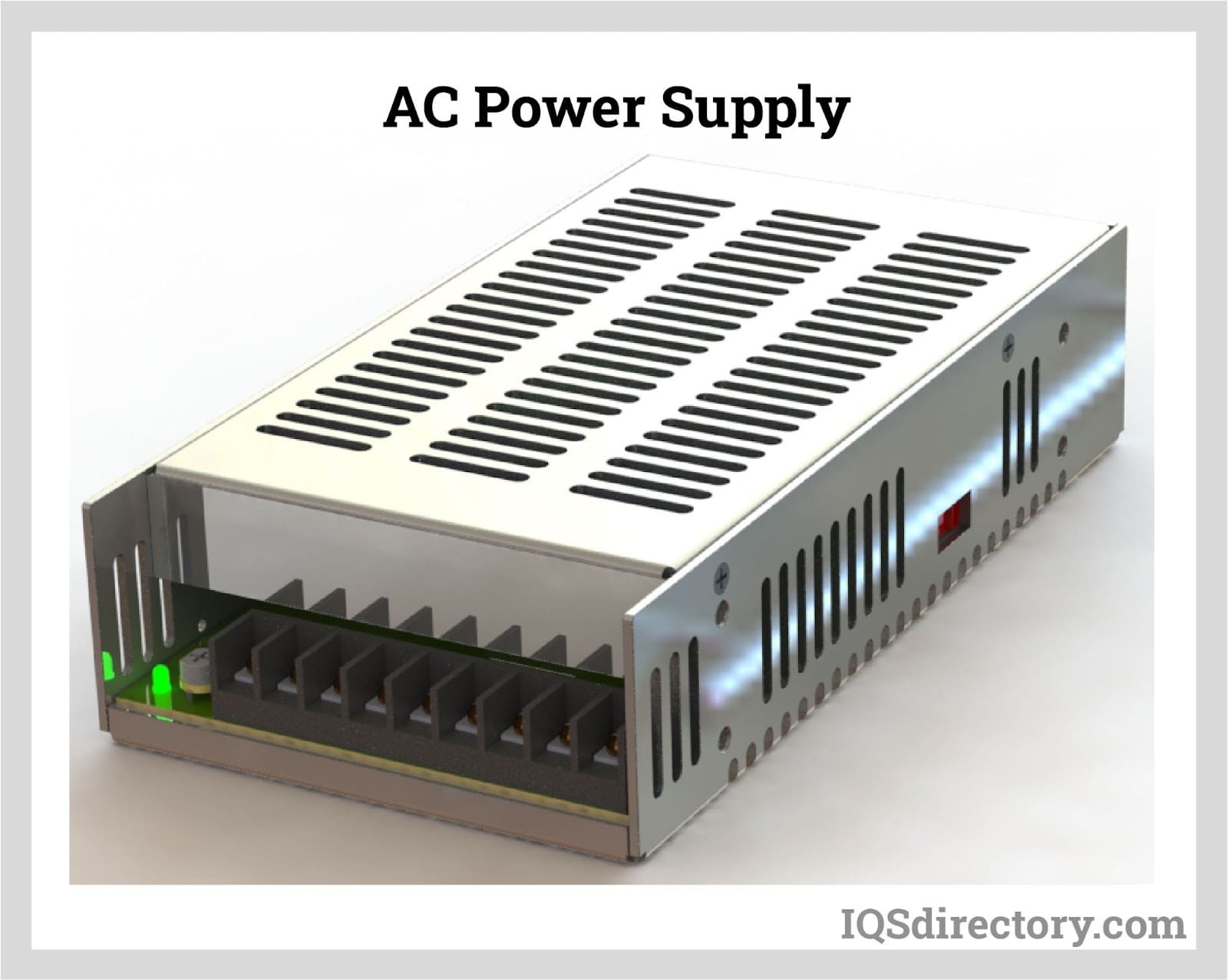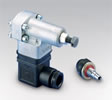Permanent magnets are most commonly used in applications requiring constant magnetic force, making them ideal for electric motors. Often manufactured as fractional horsepower motors, permanent magnet motors typically run on a horsepower (HP) of 1 or less, such as ½ HP or ¼ HP. Able to be utilize alternating current (AC) or direct current (DC) electrical flow, permanent magnet motors can have a frame size of 42, 48 or 56, as defined by standards put in place by the National Electrical Manufacturers Association (NEMA). Read More…
At AutomationDirect.com, we specialize in providing a wide range of electric motors and electronic enclosures to meet our customers' diverse needs. Our commitment to excellence drives us to offer top-quality products that deliver superior performance and reliability. With our extensive selection of electric motors, ranging from AC motors to DC motors and everything in between, we empower...

When reliability and power are a must, the universal motors you find at ElectroCraft can operate with high efficiency, low voltage, and at a low cost. Applications that our universal electric motors serve include robotics, packaging, automotive, and medical equipment. Electric motor products include the CompletePower™ Plus Universal Drive, complete with a user-friendly configurable interface....

Allied Motion Technologies is a leading designer and manufacturer of high-quality fractional horsepower motors, DC motors, AC motors and much more. Focused exclusively on serving the motion control market, we serve commercial, aerospace and defense markets. For more information about Allied Motion Technologies` excellent motors, please give us a call or visit our website!

Johnson Electric is a major manufacturer of fractional horsepower motors, permanent magnet motors, stepper motors and gearboxes. We offer new solutions for the automobile industry, which provide our customers with both security and satisfaction. We've served a variety of industries since 1920.

When you choose Composite Motors, you gain access to a reliable and forward-thinking partner in the realm of fractional horsepower motors. Our products are designed to endure, ensuring that your systems operate at their best for years to come. Join us in embracing the power of innovation and quality, as we continue to shape the future of fractional horsepower motors together.

More Permanent Magnet Motor Manufacturers
Permanent magnetic motors are used in a wide range of applications, and industries that benefit from them include: automotive, for use in window wipers, powered seats, central locking systems and more; industrial, in pumps, conveyors, extruders and other processing, manufacturing and assembly equipment; HVAC, in systems and equipment such as fans and blowers; and construction, for heavy-duty materials handling equipment such as cranes and hoists.
Permanent magnet motors are typically separated into two main types based on design and electrical flow: brushless DC motors and permanent magnet synchronous motors. While both types are types of synchronous motors, meaning that the rotor rotates at the same speed as the magnetic field, a brushless DC motor is unique in that it operates based on DC, while most synchronous motors operate on AC, and that it has an electronic commutation system instead of a mechanical one.
Permanent magnet synchronous motors, on the other hand, are run on AC as is typical and induction is not required for magnetic field production. Both are designed in a similar style, with the basic components of an enclosure, rotor, axle, wound armature and permanent magnet. Also referred to as a coil, the wound armature rotates while the magnetic field remains stationary.
The rotation results from the magnet's reaction when the electrical current flows through specific points of the motor. One major difference in design between the two types of motors is that brushless DC motors have a trapezoidal-shaped back electromotive force (EMF) while permanent magnet synchronous motors have a sinusoidal-shaped back EMF. Back EMF refers to the voltage that is induced in the wound armature when the motor is rotating.












 Air Cylinders
Air Cylinders Assembly Machinery
Assembly Machinery Ball Bearings
Ball Bearings Electric Motors
Electric Motors Fractional Horsepower Motors
Fractional Horsepower Motors Friction Materials
Friction Materials Linear Actuators
Linear Actuators Linear Bearings
Linear Bearings Linear Slides
Linear Slides Castings & Forgings
Castings & Forgings Bulk Material Handling
Bulk Material Handling Electrical & Electronic Components
Electrical & Electronic Components Flow Instrumentation
Flow Instrumentation Hardware
Hardware Material Handling Equipment
Material Handling Equipment Metal Cutting Services
Metal Cutting Services Metal Forming Services
Metal Forming Services Metal Suppliers
Metal Suppliers Motion Control Products
Motion Control Products Plant & Facility Equipment
Plant & Facility Equipment Plant & Facility Supplies
Plant & Facility Supplies Plastic Molding Processes
Plastic Molding Processes Pumps & Valves
Pumps & Valves Recycling Equipment
Recycling Equipment Rubber Products & Services
Rubber Products & Services